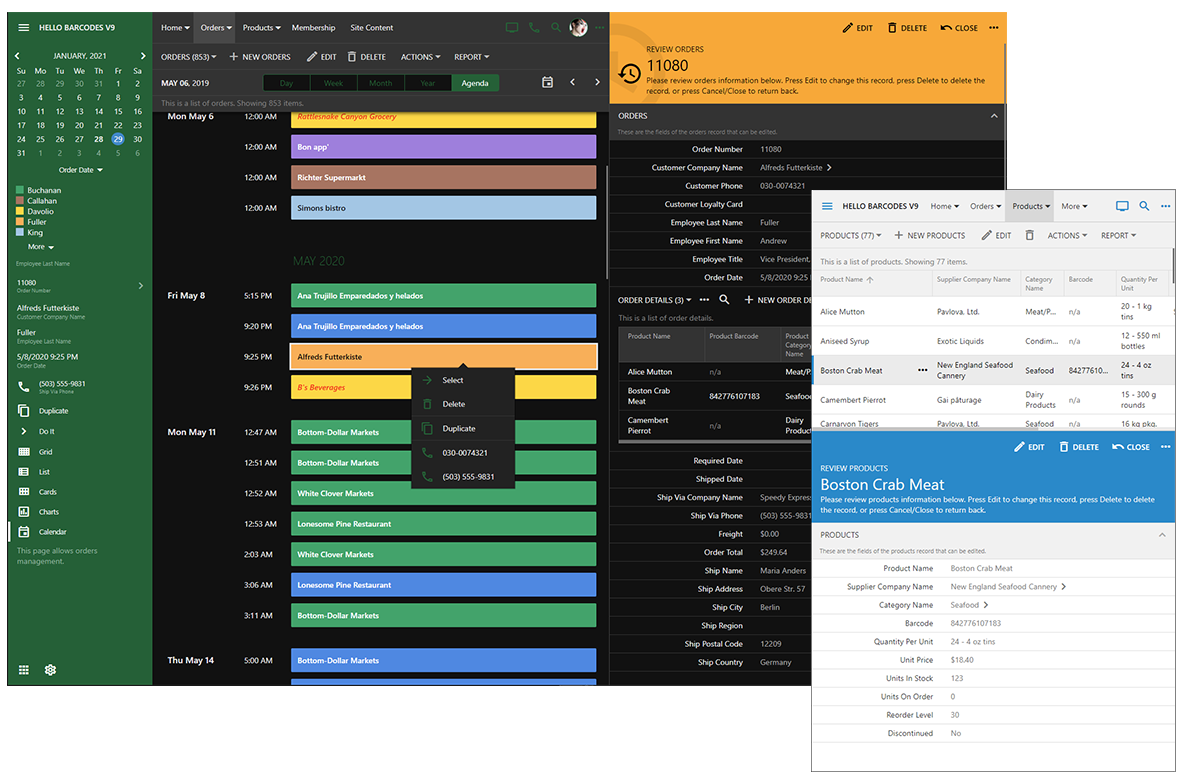
#CODE ON TIME KEYGEN CODE#
What I'm trying to point out here is that being able to read machine code (assembly) is valuable, but not because its function can easily be understood at a higher level. Often when code is compiled to be run the compiler reorders or expands code to optimize, so the machine code doesn't 100% reflect the original code the programmer wrote. Intel processors today have an incredible amount of instructions and extensions to the instruction set. Anything your computer runs has to changed into machine code instructions and executed by the CPU, but there are countless instructions and varied ways of achieving the same result. Yes, there are people who can "read" machine code - that is not to say they can easily understand it or even say what it does on a higher level. Some things may be disabled, like multi-player mode on games.
#CODE ON TIME KEYGEN CRACK#
This doesn't make it impossible to crack a program, but you can expect that it won't work as well.

The computations between there are veiled. Your computer sends data, it sends data back. If a multi-step authentication process is required, such as connecting with a remote server, it becomes way harder to do this because you don't get to see what the server is doing. So you overwrite all the checks and processes like "If not a valid cd-key, close the executable, call the FBI" until you find the one which moves onto the main program, and let it run normally from there. By incrementing the program counter, you maintain the overall shape of the program so it thinks it's doing the usual validation process, when in actually it's not doing anything. Again, the program instructions are unencrypted, so you can go in and find where the program checks if there is a valid cd-key, and change the behavior of the program. They then go on to describe another tactic to cracking software, and that is to simply overwrite the check for the cd-key entirely. From there, they can reverse engineer the cd key validation formula, and then with a bit of testing and research create something which uses the formula for validation to make new keys.

Debuggers allow you to step through by one instruction at a time, translating it into something humans can read. The debugger gets tripped when the executable interacts with Windows, say when you hit "Okay" on a the dialog box after entering a cdkey. The instructions for the CPU can not be encrypted, so you can always tell what a program is asking the CPU to do. We make our world significant by the courage of our questions and by the depth of our answers.




 0 kommentar(er)
0 kommentar(er)
